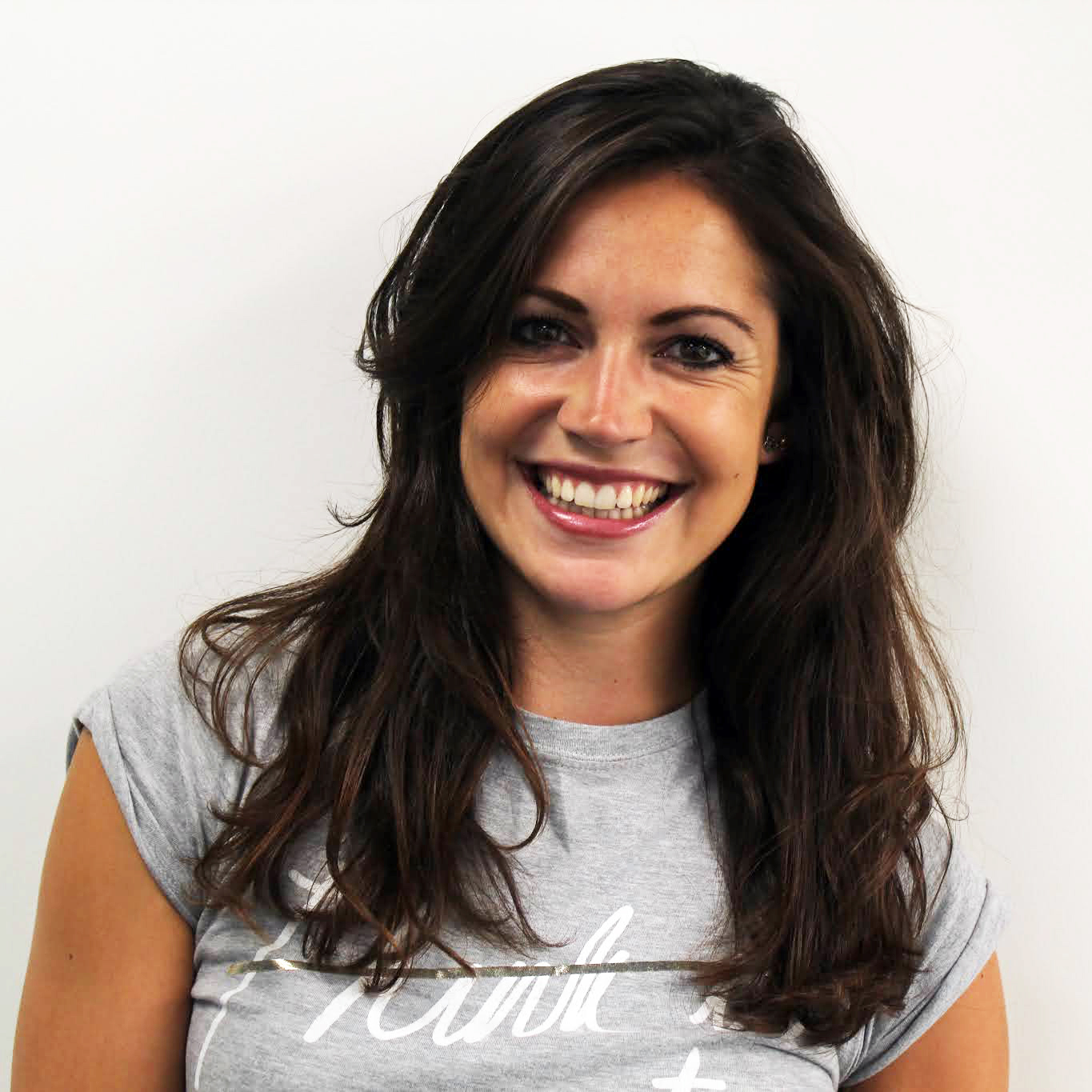DOMS recovery: 6 ways to ease the pain
Gruelling workout left you sore? Try these DOMS recovery tips to help you heal


If you're looking for DOMS recovery advice, then chances are you know the pain that comes with Delayed Onset Muscle Soreness only too well - and want ways to relieve it, pronto!
Whether you’re a gym goer, home exerciser or play a lot of sport, you’ll likely have felt that burning pain in your muscles a day or two after a workout. It might have been a heavy leg day that’s left your hamstrings pounding, a new ab-based move which has left your core on fire, or a particularly demanding outing on your bike.
Whatever the cause, DOMS can leave the specific muscles worked feeling stiff, swollen and throbbing.
DOMS can last from three to five days, which often causes undue concern.
‘Don’t worry, you haven’t injured yourself,' says Mark Fox, Expert PT & Health and Fitness Tutor for The Training Room, adding: 'Most people recover within the week. If you train regularly and try to push yourself, DOMS is inevitable at some point.’
Meanwhile, Amber Gamble, Trainer at F45 Chelsea says that DOMS indicates your body is adapting and getting stronger.
‘When you exert a certain amount of stress on the muscle it responds by tearing the muscle fibres and then regrowing these fibres to make them stronger. The soreness you experience comes from the tearing and rebuilding.’
Start your week with achievable workout ideas, health tips and wellbeing advice in your inbox.
What causes DOMS?
In order to help with DOMS recovery, it's important to understand why it may have occurred in the first place.
The most common reason is doing different exercises that you haven't done before or haven’t performed in many weeks or months.’
Another reason may be a higher volume in your training - for example, if you've performed many sets of an exercise or group of exercises for the same body part compared to recent workouts, or more total volume in general during a workout.
Working at a higher intensity than normal is also a reason for DOMS.
‘Lots of eccentric loading can be a cause; the lowering part of an exercise, such as when you step forward into a lunge and lower your body to the floor, or as you lower yourself to sitting in a squat,’ says Mark.
DOMS recovery: 6 ways to ease the pain
- Use a foam roller
This one is key. The rolling movements of the best foam rollers will help to smooth out the fascia, which is the connective tissue that surrounds our muscles.
‘Intense exercise can cause the fascia and underlying muscles to bind together, which causes that feeling of tightness,' explains Amber.
If you want something a little stronger, you could try a massage gun such as a Theragun.
- Keep moving
It’s important to get the blood flowing to the affected area to help speed up the recovery, even if it’s just a gentle walk or a stretch routine.
MyProtein personal trainer Chris Appleton explains that stretching will give your muscles time to return to their normal length and increase blood flow to the exercised muscles which can help avoid soreness. ‘Stretching is recommended post-workout and on rest days’, he says.
- Avoid heavy weights
Avoid overloading the affected muscles until the soreness has dissipated, advises Amber.
‘Your muscles may be more at risk of injury if you go straight back into intense exercise before you allow your muscles to recover,' she says. 'Try some yoga or Pilates as an alternative form of movement after bouts of intense exercise.’
Instead of your usual routine, you could check to see if your gym or studio offer recovery specific classes.
Amber says: ‘At F45 we have two recovery classes, Calypso Kings and Mondrian 30. The sessions combine a mixture of dynamic and static stretching to lengthen and restore the muscles.'
- Get a massage
You’ve put yourself through your paces, and your muscles are telling the tale.
‘Schedule some me-time with a masseuse who can help to break down the tightness in the muscles with isolated massage and drainage techniques,’ recommends Amber.
Opt for a sports massage over a relaxation therapy if you want the strongest relief.
- Take preventative measures
It’s all well and good finding cures to DOMS, but what about trying to prevent it in the first place?
To help minimise DOMS, Chris suggests preparing your body before your workouts to help increase blood flow to your muscles and loosen them. 'This will reduce risk of injury and should help reduce muscle soreness,' he says.
Meanwhile, Mark recommends increasing training volume and/or intensity over a few weeks rather than all at once.
- Factor in rest days
‘Rest days are often overlooked but hugely important and necessary,' says Amber. 'Always factor in a day or two of complete rest to allow your muscles the time they need to get stronger, so you can push harder during your next workout.’
Lucy is a freelance journalist specializing in health, fitness and lifestyle. She was previously the Health and Fitness Editor across various women's magazines, including Woman&Home, Woman and Woman’s Own as well as Editor of Feel Good You. She has also previously written for titles including Now, Look, Cosmopolitan, GQ, Red and The Sun.
She lives and breathes all things fitness; working out every morning with a mix of running, weights, boxing and long walks. Lucy is a Level 3 personal trainer and teaches classes at various London studios. Plus, she's pre- and post-natal trained and helps new mums get back into fitness after the birth of their baby. Lucy claims that good sleep, plenty of food and a healthy gut (seriously, it's an obsession) are the key to maintaining energy and exercising efficiently. Saying this, she's partial to many classes of champagne and tequila on the rocks whilst out with her friends.
